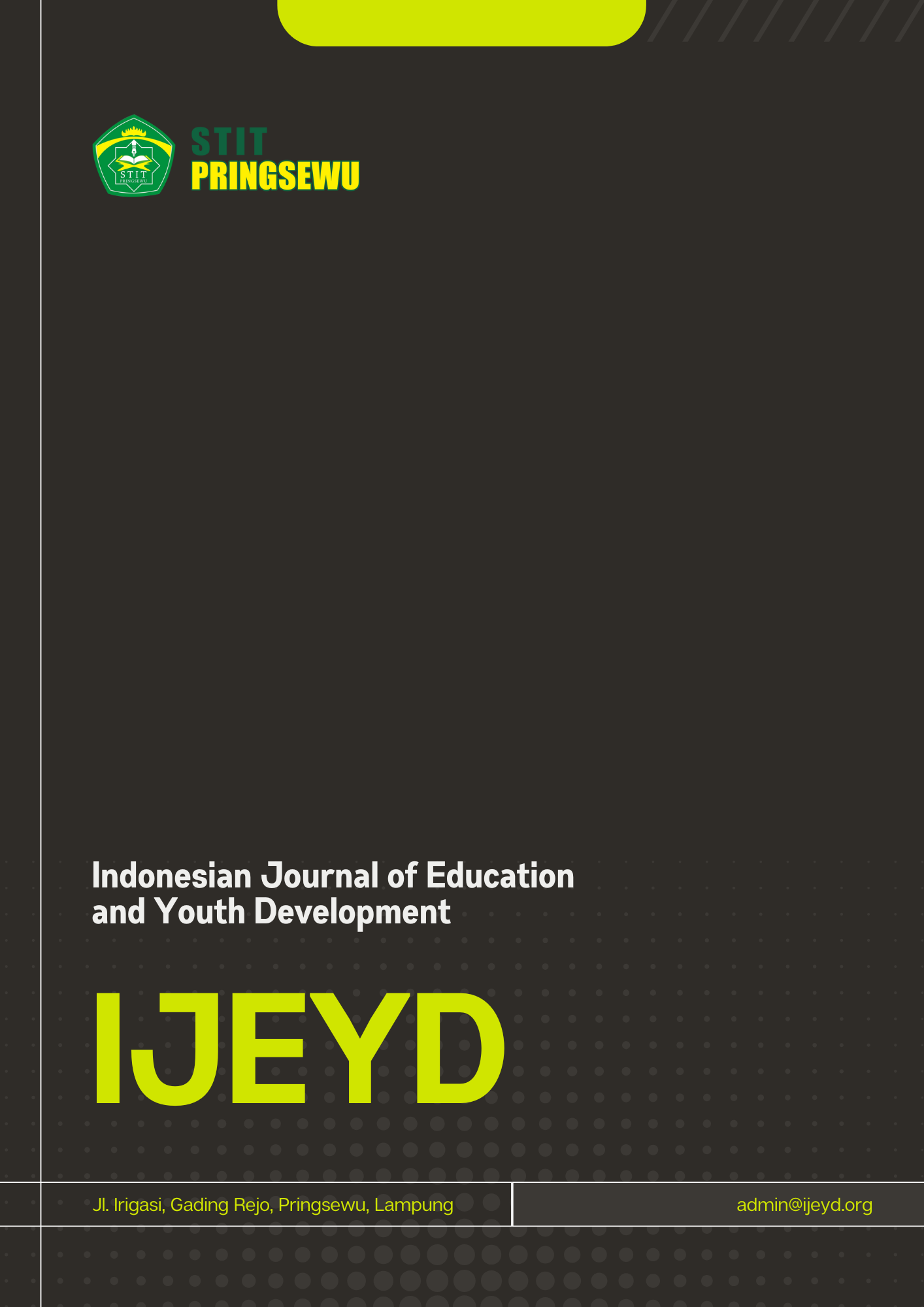Abstract
This study compares Arabic language education models in Indonesia and Middle Eastern countries. Using a comparative qualitative approach based on a literature review, the analysis explores fundamental differences in policy, pedagogy, and learning outcomes. Findings reveal that in Indonesia, Arabic education is heavily oriented toward religious texts and grammar, which limits students' practical communicative abilities. In contrast, the Middle Eastern model leverages an immersive native-speaking environment, supported by strong policies to develop communicative proficiency. It is concluded that Indonesia can improve its Arabic education quality by adopting elements from the Middle Eastern model, such as interactive pedagogy and better policy support, while adapting them to the local context. Practical recommendations include curriculum reform, continuous teacher training, and strengthening cross-cultural partnerships to create a more effective learning environment.

